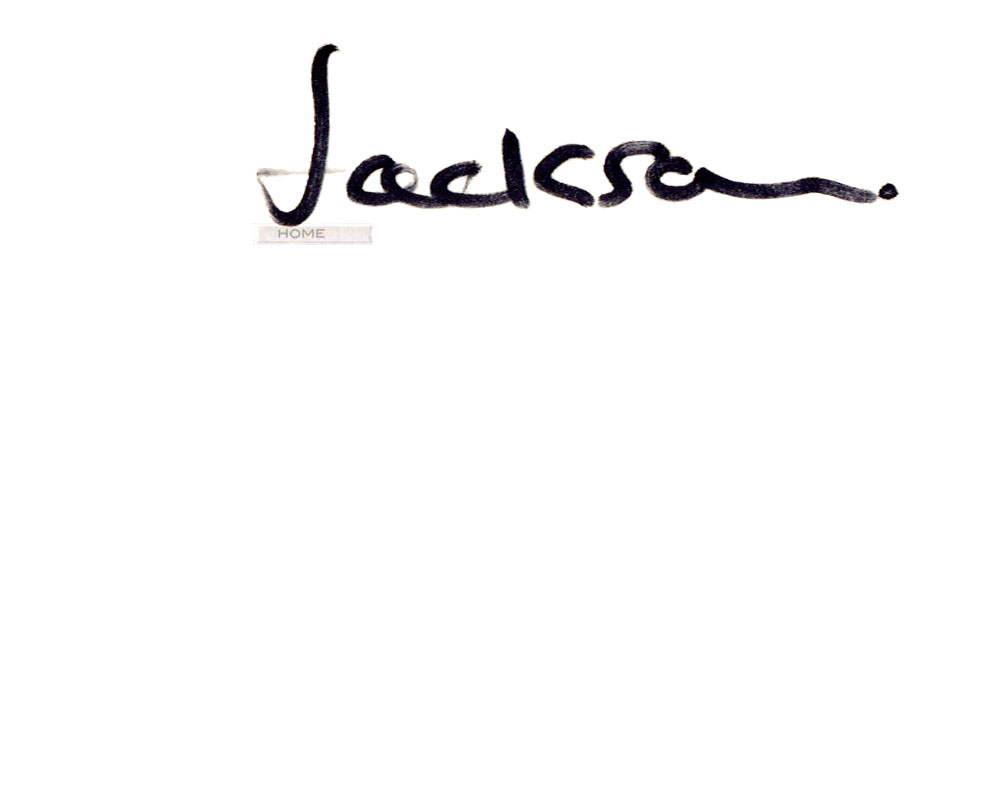Mezzotint is justifiably famous for what it’s famous for.
It is famed for the black, the night sky cosmos deep black first seen in print at a time before we’d come to know that every milliarcsecond in the skies is glinting with galaxies, that black nevertheless, a black that in the intaglio pantheon only mezzotint gives.
No other printed black had quite compared to it, never before, and not yet since.
Mezzotint is famous for having two zeds. As a word, the double zedded mezzanine, seems to be well liked too.
It’s famous as a clique. Historians love it, dealers specialize and collectors compete, online social media groups cluster and chat making heroes of the print-tech gurus, for its fame is justified in the studio, where it really counts.
Mezzotint gives the artist nigh infinite, and very intimate control of tonal values.
It gives a lot for free in this respect, and the harder worked the more rewarding it becomes. The giving though, is not given for free for marvelous as mezzotint is for tone, it is considerable less good for line, which, in print terms means any hard edge. Hard edges can be achieved in mezzotint only by contrivance either in the plate making, or at the printing stage.
Mezzotint is the quintessential monochrome medium. This does not preclude colour but however the mezzotinter wishes to use colour, whether by pre-colouring the printing paper, by inking the plates in colour either single or multi-plate, or by hand-colouring the prints, the making of the plate(s) has to be pre-figured accordingly. Failure to do this results in a gloomy mess, which if gloomy is what the artist wants all well and good, but if not, the printmaker will be in trouble.
Thirdly, a minor but not unimportant point: the mezzotint print surface is flat. Not so flat as lithography and nothing like so flat as screen polished digital, but mezzotints don’t have the surface vivacity of an etching or aquatint. If print surface texture, either physically or within the image is required, this too can be achieved but only at the price of elaborate contrivance.
Contrivance is fine.
The notion of spontaneity in printmaking is a highly conditional quality, elusive and of course much sought after, and much prized.
The direct mark, the emotive rapid response and fluidity of thought are all subject to the slowing and sure battering of process and technique. There is always something between artist and viewer be it plate, block, or computer screen. Spontaneity can be nodded at in direct lithography, even nodded to in line etching, but by the time the printmaking artist addresses the more abstruse, arcane, and new, print media, contrivance is the name of the game.
Mezzotint is contrived to a fault. To push the point, the thought of winging it in mezzotint is a non-starter even though I hate to be the one who says, ‘Don’t do it, don’t try’.
No, I’d like to say, ‘Go for it’. (Break your arms, and bank account, make the time, it might work.)
Actually don’t. Really.
To get the best from mezzotint, play the game. Pre-figure the image then contrive it in the making.
Does this mean that mezzotint is not a pure medium?
Consider that mezzotint was the most glorious flowering of reproductive craft when reproduction meant the interpretation of an original as opposed to the multitude of photographic rendering processes (many now historical oddities) that we are accustomed to. As a craft skill, the contrivances however elaborate, became intrinsic, and unsurprisingly were encouraged and indeed limited by commercial imperative.
Artists took note. Think of Turner’s famous set of 10, pre-etched, rocked over and craft worked up to his drawings; of John Martin, who’s in-house mezzotint interpretations of his paintings arguably transcend the originals.
Today, the killer is the cost.
If only mezzotint was just expensive (like photogravure) it would be easier to deal with. Either, one has the money or not; you can raise the cash, or you can’t; the ante can be justified one way or another, or, you try it another way.
The cost of mezzotint is not the tools, or the materials, neither cheap but not bank breaking either. There are no chemicals involved, or software, and there is no wizard to hire.
Mezzotint is slow.
No amount of cash can shortcut time and time is the costliest of commodities.





























